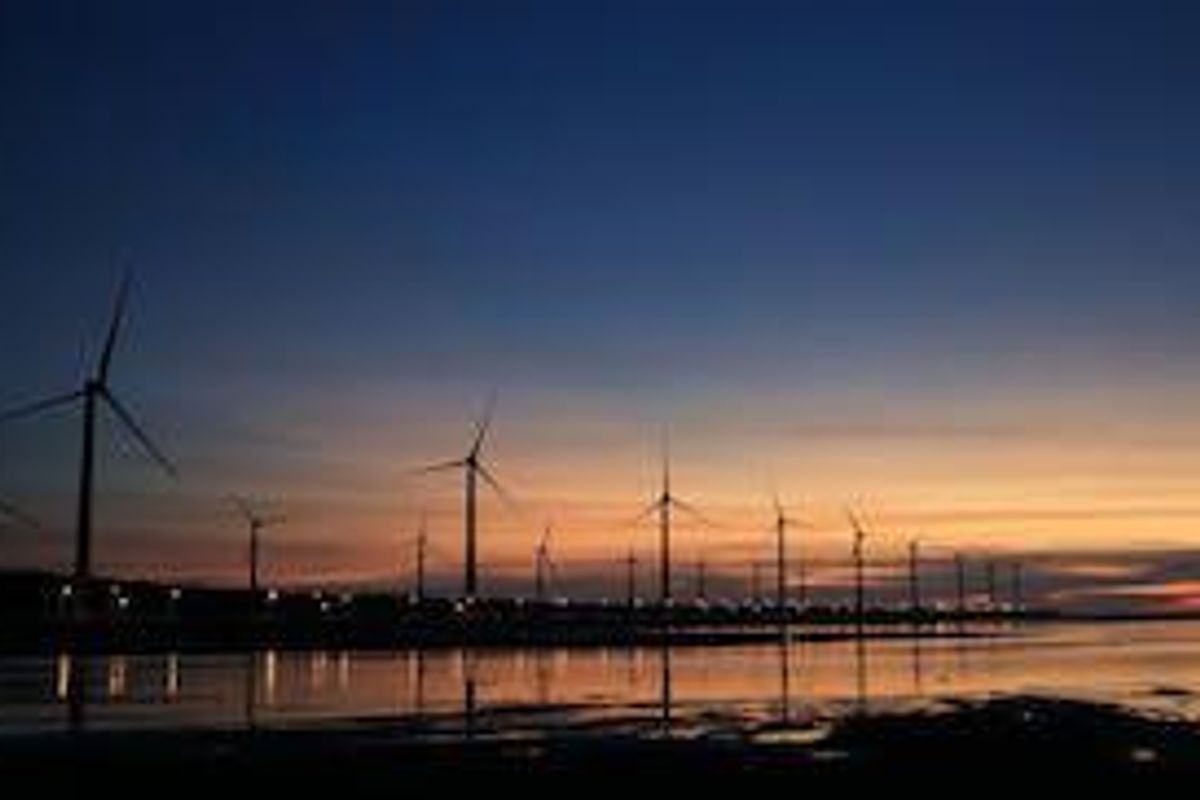IEA Sees China Overtaking US as Biggest Nuclear Energy Nation

The International Energy Agency sees China surpassing the US to become the world’s largest producer of nuclear energy by 2030.
According to the International Energy Agency (IEA), China will more than triple its nuclear energy capacity over the next 20 years, making it the world’s largest nuclear power producer.
The IEA believes that China is charging ahead due to the fact that the US and Europe are not investing enough in nuclear power.
IEA Executive Director Fatih Birol explained, “China is coming back strong. Today there are about 60 nuclear power plants under construction and more than one third of them are in China.”
Birol added, “China is growing and as a result of that we’ll soon see China overtaking the United States as the number 1 nuclear power in the world.”
While the US has been the global leader in nuclear power since the 1960s, there are two trends currently threatening to knock the country out of the top spot.
The first is that very few additions to nuclear capacity have been made, and the second is that there are no lifetime extensions for the existing power plants.
It is worth noting that the US has recently requested that the lives of some nuclear power reactors be extended, keeping them in operation for as long as 80 years. This request is part of President Donald Trump’s initiative to revitalize the nation’s nuclear industry.
While this is a good step, there are still many concerns. As Birol explained, if this trend with the US and China continues, “[t]he U.S. nuclear capacity will go from 20% [of overall power supply] to 7%.”
The IEA notes what is currently taking place with energy is the same as what happened in the solar sector years prior.
“[China] is learning by doing, bringing costs down and therefore [they] are now ready to export [their] technology and are much more cost effective than others. And [they] challenge the established exporters such as the U.S., Japan, Korea and European countries,” said Birol.
Birol expects China to overtake the US as the biggest nuclear nation by 2030.
Additionally, the IEA expects nuclear power capacity in China to make up 4 percent of the country’s total power supply in 2040, up from 2 percent in 2016. It also expects China’s overall power supply across all energy sources to double from 1,625 gigawatts in 2016 to 3,188 gigawatts in 2040.
China is also pushing an initiative to “make the skies blue again” to repair its current smoggy skies.
Birol sees this initiative as a major upheaval that is bound to shake up the energy markets, and noted that when “[C]hina changes, everything changes.”
Don’t forget to follow us @INN_Resource for real-time news updates!
Securities Disclosure: I, Nicole Rashotte, hold no direct investment interest in any company mentioned in this article.





